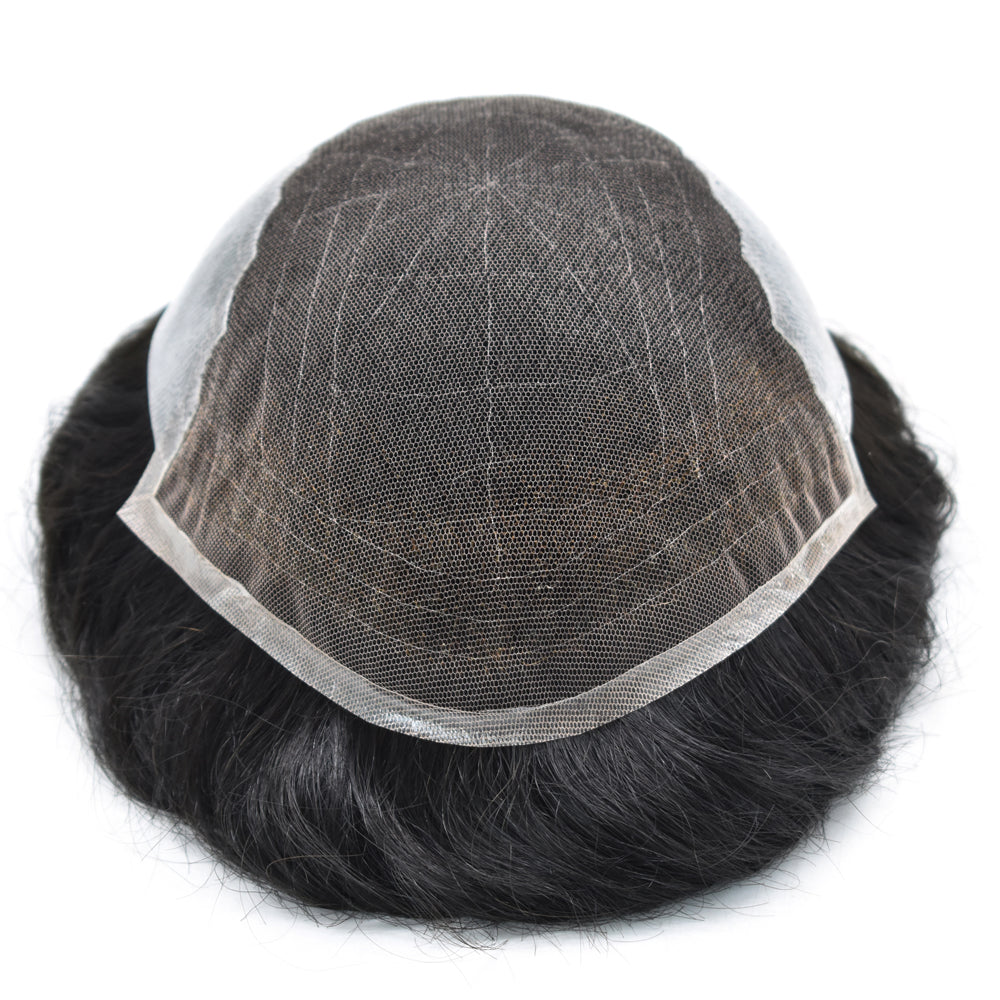
Hair Systems for Men: A Comprehensive Guide to Modern Solutions for Hair Loss
Hair loss is a common concern for many men, affecting self-confidence and quality of life. Fortunately, modern advancements offer a range of effective solutions, from non-surgical hair systems to surgical interventions. Below is a detailed guide to help you navigate the best options available.
1. Non-Surgical Hair Systems (Hairpieces, Wigs, Toupees)

Non-surgical hair systems are a popular choice for those seeking immediate, reversible, and customizable results.
Types of Hair Systems:
-
Lace Front Systems:
- Natural-looking hairline with breathable lace material.
- Suitable for those who want a seamless, undetectable front hairline.
-
Mono Base Systems:
- Durable and lightweight, with a monofilament base that mimics natural scalp appearance.
- Ideal for long-term wear.
-
Skin Base Systems:
- Ultra-thin, flexible base that adheres closely to the scalp.
- Best for a realistic, "second-skin" feel.
-
Hybrid Systems:
- Combines lace, mono, or skin bases for optimal comfort and durability.
Advantages:
- Instant Results: No waiting for hair regrowth.
- Customizable: Choose hair color, texture, density, and style.
- Non-Invasive: No surgery required.
- Cost-Effective: Generally more affordable than surgical options.
Considerations:
- Maintenance: Requires regular cleaning, styling, and reattachment.
- Adhesive Use: Some systems use adhesives, which may cause skin irritation in sensitive individuals.
- Lifespan: Typically lasts 6–12 months, depending on care.
2. Hair Transplant Surgery (FUE & FUT)

For those seeking a permanent solution, hair transplant surgery is a proven option.
Types of Hair Transplants:
-
Follicular Unit Extraction (FUE):
- Individual hair follicles are extracted from the donor area (usually the back of the head) and transplanted to the balding area.
- Minimally invasive, with minimal scarring.
- Faster recovery time compared to FUT.
-
Follicular Unit Transplantation (FUT):
- A strip of scalp is removed from the donor area, and follicular units are dissected and transplanted.
- Suitable for those needing a large number of grafts.
- Leaves a linear scar, which may be visible with short haircuts.
Advantages:
- Permanent Results: Transplanted hair grows naturally and is permanent.
- Natural Appearance: Skilled surgeons can create a natural hairline and density.
- Low Maintenance: Once healed, the transplanted hair behaves like natural hair.
Considerations:
- Cost: Generally more expensive than non-surgical options.
- Recovery Time: FUE has a shorter recovery period (1–2 weeks) compared to FUT (2–4 weeks).
- Surgical Risks: Infection, scarring, or poor graft survival (though rare with experienced surgeons).
3. Scalp Micropigmentation (SMP)

SMP is a non-surgical, tattoo-based solution that mimics the appearance of hair follicles.
How It Works:
- Tiny pigment dots are applied to the scalp to create the illusion of a shaved head or added density.
- Ideal for those with thinning hair, receding hairlines, or scars.
Advantages:
- Low Maintenance: No daily styling or adhesives required.
- Quick Results: Typically completed in 2–3 sessions.
- Cost-Effective: Generally less expensive than hair transplants.
Considerations:
- Not Actual Hair Growth: Does not restore hair but creates an optical illusion.
- Touch-Ups Needed: Pigment may fade over time, requiring periodic maintenance.
4. Laser Therapy (Low-Level Laser Therapy - LLLT)
LLLT uses red light therapy to stimulate hair follicles and promote growth.
How It Works:
- Light energy is absorbed by the scalp, increasing blood flow and cellular activity.
- Typically used in combination with other treatments.
Advantages:
- Non-Invasive: No surgery or downtime.
- Safe for Most Users: Minimal side effects.
Considerations:
- Results Vary: May take 3–6 months to see noticeable improvements.
- Not a Standalone Solution: Works best when combined with other treatments.
5. Medications (Finasteride & Minoxidil)
For those in the early stages of hair loss, medications may help slow or reverse thinning.
Common Medications:
-
Finasteride (Propecia):
- A prescription pill that blocks DHT (a hormone linked to hair loss).
- Must be taken continuously to maintain results.
-
Minoxidil (Rogaine):
- A topical solution that stimulates hair growth.
- Available over-the-counter in 2% or 5% strengths.
Advantages:
- Non-Invasive: Easy to use at home.
- Cost-Effective: Generally cheaper than surgical options.
Considerations:
- Side Effects: Finasteride may cause sexual side effects in some men.
- Temporary Results: Hair loss may resume if treatment is stopped.
Conclusion: Which Option Is Best for You?
- Non-Surgical Hair Systems: Best for immediate, temporary, or reversible results.
- Hair Transplants: Ideal for permanent, natural-looking results (but require surgery).
- Scalp Micropigmentation: Great for a low-maintenance, illusion of density.
- Laser Therapy & Medications: Best for early-stage hair loss or as adjunctive treatments.
